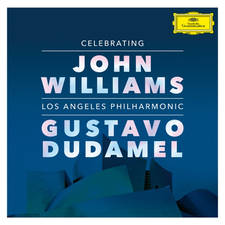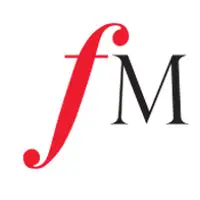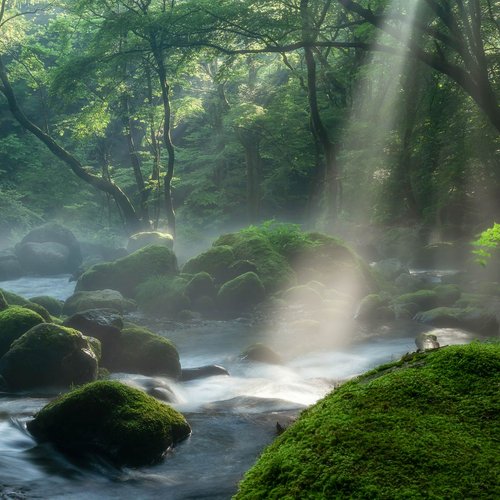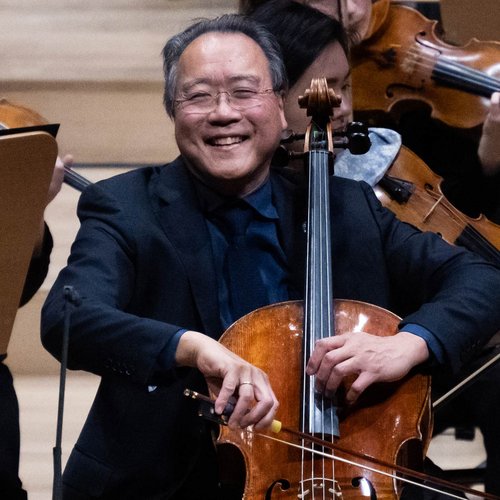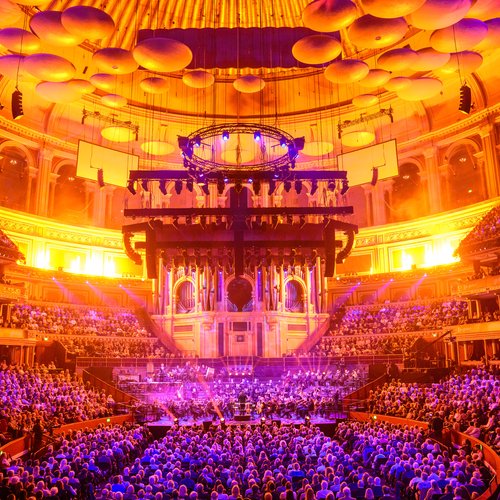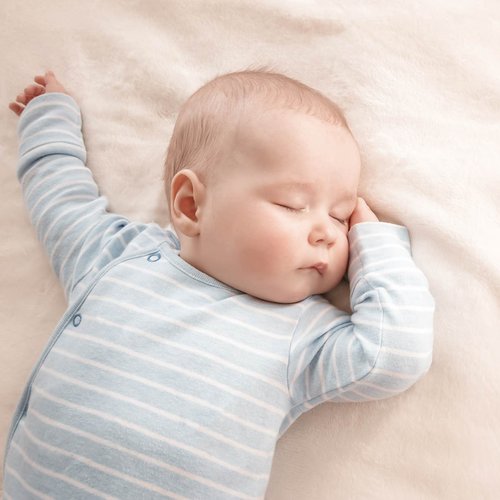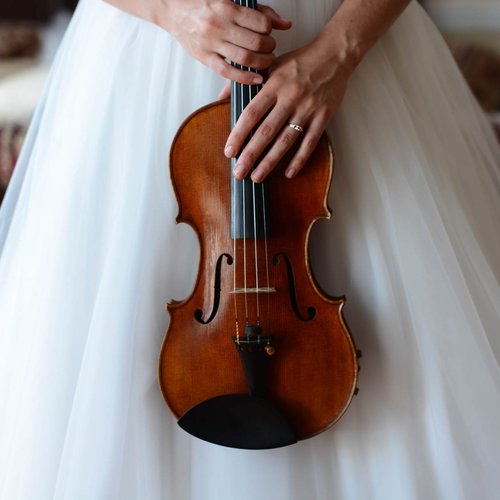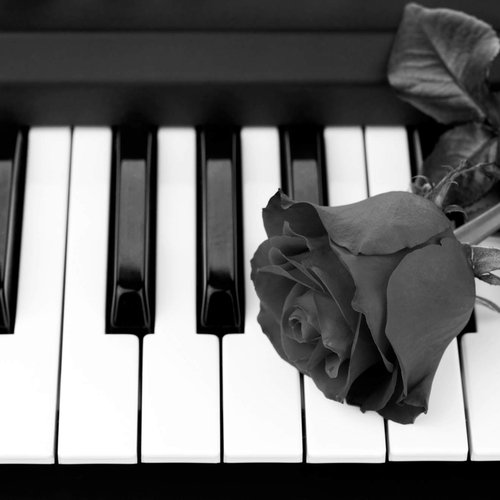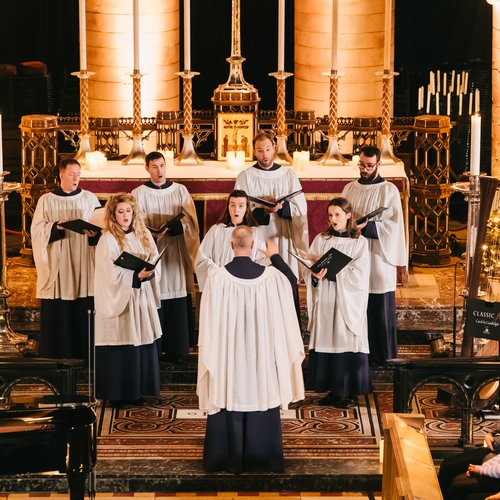The 20 scariest pieces of classical music for Halloween
29 October 2024, 15:13 | Updated: 31 October 2024, 11:49
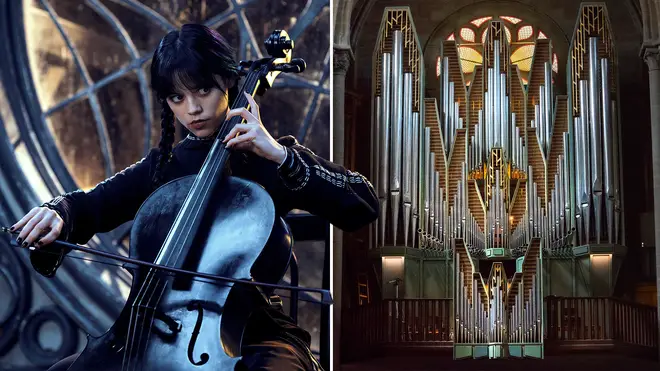
Pick your poison from these 20 spooky pieces of classical music, from Saint-Saëns to John Williams...
Why does some classical music scare us? Is it loud noises, creepy sounds, or the terrifying stories music can tell?
This Halloween, find out which composers and pieces make us quiver with fear.
Read more: 13 spooky pieces of Halloween music for children
-
Grieg – In the Hall of the Mountain King
Grieg’s masterpiece of tension-building was supposed to evoke a cave full of trolls, gnomes and goblins. Grieg himself wasn’t a huge fan, though; he once said, “For the Hall of the Mountain King I have written something that so reeks of cowpats, ultra-Norwegianism, and ‘to-thyself-be-enough-ness’ that I can’t bear to hear it, though I hope that the irony will make itself felt.”

Voice Orchestra sings 'In the Hall of the Mountain King'
-
Saint-Saëns – Danse Macabre
As the title suggests, this dark little dance by Camille Saint-Saëns has everything required to give the listener the willies. The piece tells the story of Death (a violinist, naturally) making the dead rise from their graves on Halloween and dance to his sinister tune.
Read more: Flautist plays ‘Danse Macabre’ in a creepily coordinated organ duet with herself

Saint-Saëns' Danse macabre, played on flute *and* organ by Fluterscooter
-
John Williams – Jaws
It doesn’t seem logical that just two notes could cause such a sense of foreboding, but John Williams managed it. His soundtrack to Spielberg’s Jaws has been keeping people out of the sea since 1975.
Read more: Spielberg told John Williams ‘you can’t be serious!’ when he first heard the Jaws theme

FSO - Jaws - "The Shark Theme" (John Williams)
-
Mussorgsky – A Night on the Bare Mountain
Beginning life as a tone poem called St. John’s Night on Bald Mountain, Mussorgsky’s most famous work was made more famous when it was revised by Rimsky-Korsakov, and then included in the soundtrack from Disney’s Fantasia. Whatever incarnation it’s in, it’s a frightening masterpiece.

Mussorgsky's 'Night on Bald Mountain' by Melodica Men
-
Maurice Jarre – Ghost
This one is perhaps more spooky and supernatural than outright scary, but nevertheless, Maurice Jarre’s score for Ghost is still worth a listen.

Unchained Melody (Orchestral Version) | Ghost (Original Motion Picture Soundtrack)
-
Berlioz – Dream of a Witches’ Sabbath from Symphonie Fantastique
Hector Berlioz uses a range of orchestral effects to create the scene of a gathering of witches – violins using the backs of their bows to create bubbling cauldron sounds, the sound of a funeral bell and outbursts of musical laughter.

Berlioz - Symphonie Fantastique - Dream Of A Witches Sabbath
-
Bernard Herrmann – Psycho
As Janet Leigh’s Marion Crane pulls up at the Bates Motel, suddenly what feels to have been set up as a romantic drama quickly unravels into Hitchcock’s groundbreaking 1960 horror-thriller. It famously features Bernard Herrmann’s iconic slasher string motif, which has become a cliché for cinematic horror.

Psycho // The Danish National Symphony Orchestra (Live)
-
J.S. Bach – Toccata & Fugue in D Minor
This is one of the biggies when it comes to scary music. J.S. Bach’s thunderous Toccata and Fugue in D minor been used in classic horror films like The Black Cat, Dr. Jekyll and Mr. Hyde, and even in Doctor Who.
Read more: A solo viola plays Bach’s Toccata and Fugue in D minor with monumental virtuosity

Bach’s Toccata and Fugue in D minor played by violist Lech Antonio Uszynski
-
Jerry Goldsmith – The Twilight Zone
The Twilight Zone now seems like an old-fashioned spook-fest, but when it came to scoring the 1982 film version of the popular TV show, Jerry Goldsmith stepped in to make it as scary as he could.

Goldsmith: Twilight Zone: The Movie
-
Carl Orff – ‘O Fortuna’ (Carmina Burana)
When it comes to pure fury, few can rival Carl Orff. The stately opening of ‘O Fortuna’ from Carmina Burana is soon replaced by some intense, pulsing choral work, which basically erupts into a full-on orchestral blaze.
Read more: What are the lyrics to ‘O Fortuna’ from Carmina Burana?

O, Fortuna (Cello Craziness)
-
Paul Dukas – The Sorcerer’s Apprentice
Another classic thanks to the influence of a certain Walt Disney, Dukas’ impish theme will forever be associated with images of Mickey Mouse attempting to chop up an army of possessed mops.

P.Dukas. The Sorcerer's Apprentice
-
Verdi – ‘Dies Irae’ (Requiem)
When it comes to spine-chilling music, it’s hard to beat Verdi’s ‘Dies Irae’, or ‘Day of Wrath’. Verdi’s Requiem is an epic achievement in every sense, but this depiction of the day of judgement is pretty unsettling stuff. Turn it up loud.
Read more: What are the lyrics and translation of Verdi’s ‘Dies Irae’ – and which films have I heard it in?

Verdi’s Requiem: “Dies irae”
-
Mozart – Don Giovanni
It’s probably safe to say that being dragged into the depths of hell is a scary situation. But few could make it sound as terrifying as Mozart manages to, in Don Giovanni. Listen to the booming bass of the Commendatore as he announces his arrival. Yikes!

Don Giovanni - Commendatore Scene - EN Sub (Better Quality)
-
Mahler – Symphony No. 2 ‘Resurrection’
There are two moments in Mahler’s Symphony No. 2 (nicknamed ‘Resurrection’) where the composer attempted to capture the terror and pain of death in one musical gesture, what has become known as the ‘Death Shriek’. You can judge for yourself whether it works or not, but we advise you to sit down while you listen…

Mahler’s “Resurrection” Symphony
-
Liszt – Totentanz
Liszt was obsessed with all things macabre and explored it frequently in his work. His Mephisto Waltz, Pensées des morts and La lugubre gondola all flirt with the notion of death and the after life. Totentanz (Dance of the Dead) is immediately recognisable by its menacing opening discordant notes in the orchestra and piano, which paves the way for a thrilling 15 minutes of virtuosic and unearthly piano music.

Liszt: Totentanz ∙ hr-Sinfonieorchester ∙ Bertrand Chamayou ∙ Jérémie Rhorer
-
Bartók – Transylvanian Dances
Bartók was inspired to write his Sonatina in 1915 after collecting folk tunes in Romania, home to the legendary vampire stronghold, Transylvania. He named the suites the Transylvanian Dances when he arranged them for orchestra.

Béla Bartók - Tänze aus Siebenbürgen | WDR Funkhausorchester
-
Williams – Dracula
It’s 1913, and Count Dracula arrives from Transylvania, ready to descend upon Mina Van Helsing and drink her blood. Horror, intrigue and suspense – so who better to compose the film’s soundtrack than movie music genius, John Williams?

Main Title & Storm Sequence
-
Rachmaninov – The Isle of the Dead
A plaintive oboe and gloomy clarinets depict the sounds of the oars of Charon cutting through the waters of the river Styx in the solemn opening phrases of Rachmaninov’s symphonic poem. The music transports our immortal souls to the edge of the underworld in this spooky piece.

Rachmaninoff - The Isle of the Dead, Op.29 - Vladimir Ashkenazy - Royal Concertgebouw Orchestra
-
Copland – Grohg
An adaptation of the Dracula tale, and inspired by the film Nosferatu, Copland completed Grohg around 1925. The music uses jazzy syncopations and cheery melodies with sinister undertones to add to the feel of unease. Copland used this ballet as inspiration for his later Dance Symphony.

Copland: Grohg - Ballet in one act (1922-5, rev. 1932) - 1. Intro and Cortège. Entrance of Grohg
-
Wagner – Ride of the Valkyries
This battle-cry is actually quite a triumphant event in the original staging of Wagner’s Ring Cycle, but thanks to the piece being used to soundtrack helicopters flying through war-torn Vietnam in Francis Ford Coppola’s Apocalypse Now, it’s safe to say that this is officially a scary piece.

Metropolitan Opera Orchestra – Wagner: Ride of the Valkyries - Ring (Official Video)
